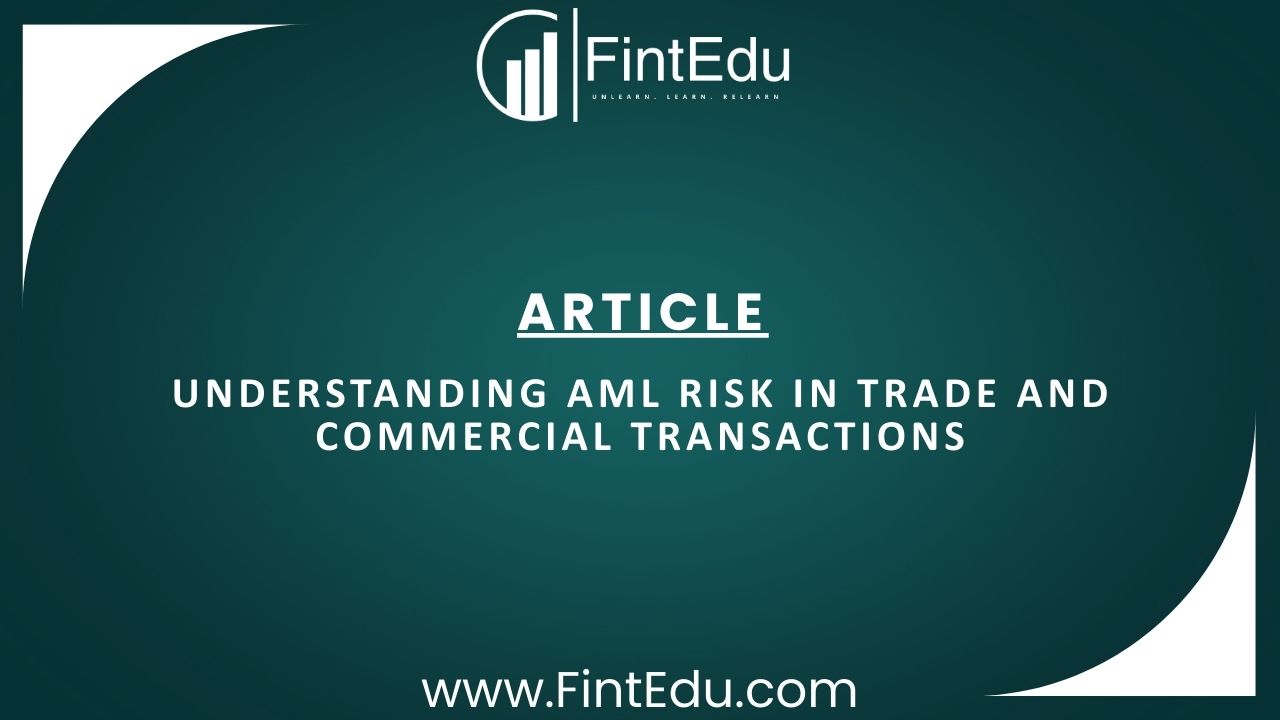LISTEN TO THIS ARTICLE
The FTA has issued the Tax Groups - VAT Guide providing an in-depth understanding of Value Added Tax (VAT) on Tax Groups - covering their implications, eligibility requirements, procedural aspects, and anti-avoidance measures. Armed with this knowledge, businesses in the UAE can optimize their VAT strategies and ensure compliance with regulations, thus contributing to a fair and efficient tax system.
Understanding Tax Groups:
A Tax Group streamlines VAT administration by treating multiple entities within a group as a single taxable entity. This means that transactions among group members are disregarded for VAT, simplifying record-keeping, alleviating cash flow burdens and reducing administrative costs. The group receives is issued one VAT Tax Registration Number (TRN) and submits a one tax return. However, it also entails joint and several liability for VAT debts within the group. Let’s understand the intricacies in depth.
Eligibility Criteria for Tax Groups:
To form a Tax Group, businesses must meet several criteria:
- They must engage in regular, independent business activities, whether in the UAE or elsewhere;
- Each member must be a legal entity capable of entering contracts, natural persons are not eligible;
- Members must be UAE residents or have a fixed establishment there (i.e., foreign owned subsidiary established in the UAE or a branch of a foreign owned company); and
- Members of a Tax Group must be “related” to each other, i.e., there must be significant economic, financial, and organizational ties among members or where members control the other members.
Here, it is pertinent to note that a Tax Group for the purpose of VAT may not be the same as a Tax Group for the purpose of Corporate Tax as the eligibility criteria for both groups may be different. Moreover, it is the responsibility of the Tax Group and its members to prove the genuineness of their eligibility to the group.
Forming and Amending a Tax Group:
Prospective members designate a representative member who submits tax returns on behalf of the group, with all members bearing joint liability for taxes and penalties.
To form a Tax Group, eligible members must assess their VAT registration requirements collectively or individually. If none of the prospective members are VAT registered, the representative member completes both VAT and Tax Group registration applications; if already registered, only the Tax Group registration application is required. The FTA evaluates applications within specified time limit and determines the effective date of group formation.
Changes to a Tax Group, such as adding or removing members or changing the representative member, can be made by the representative member with FTA approval, and disbandment (cancellation of the Tax Group) requires notification to the FTA.
Anti-avoidance Measures:
The FTA employs anti-avoidance measures to safeguard public revenue. Applications to form, amend, or disband Tax Groups may be refused if they pose risks such as tax evasion, reduced tax revenue, or increased administrative burden. The FTA may also reject applications if there are insufficient transactions between group members or if the group's structure hinders auditing. Additionally, if businesses artificially separate interests to evade VAT implications, the FTA may forcibly register them as Tax Groups or elect to register them as separate persons. These measures ensure that tax grouping maintains integrity and prevents abuse, aligning with the FTA's commitment to effective tax administration and revenue protection.
Conclusion:
By leveraging the benefit of Tax Group effectively, businesses can streamline VAT administration, reduce costs, and enhance competitiveness. However, adherence to eligibility criteria and compliance with regulations are paramount to maintaining the integrity of the tax system and fostering a fair business environment.
Disclaimer: Content posted is for informational and knowledge sharing purposes only, and is not intended to be a substitute for professional advice related to tax, finance or accounting. The view/interpretation of the publisher is based on the available Law, guidelines and information. Each reader should take due professional care before you act after reading the contents of that article/post. No warranty whatsoever is made that any of the articles are accurate and is not intended to provide, and should not be relied on for tax or accounting advice.
Contributor
Related Posts

The UAE has introduced a new top-up tax regime as part of its commitment to global tax reforms und...
Read More
Anti Money Laundering is often viewed as a complex regulatory requirement. In reality it plays a sim...
Read More
Trade and commercial activity form the backbone of regional economic growth. Large volumes of goods ...
Read More